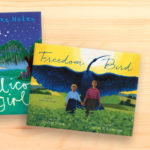Brian Selznick Photo credit: Slimane Lalami
Brian Selznick, the award-winning creator of The Invention of Hugo Cabret, Wonderstruck, and The Marvels brings readers a unique collection of interconnected stories in his newest book, Kaleidoscope, which also features illustrations from Selznick himself. The vignettes focus on two people, bound to each other through time and space, who experience the power of grief and love. Here Selznick talks to Mackin’s Rachel Benzine about his latest book.
How did you decide to format this tale of friendship through a collection of interweaving short stories?
I began writing the chapters for Kaleidoscope during the beginning of the lockdown. My husband and I were stuck on opposite sides of the country and didn’t know when we’d be able to see each other again. I wanted to express how strange and scary and sad everything felt, so I wrote a story about someone on a spaceship heading out towards the stars, leaving everyone they knew and loved behind. In the meantime, I started looking again at a story I’d begun five years earlier which was to be set in Cornwall, England. I basically ripped that story apart, salvaging only a few paragraphs, and used them to create other narratives. In the end, I wrote 24 different stories, one for each hour of the day. Hugo also had 24 chapters for similar reasons, but in Kaleidoscope the chapters span thousands of years although they pass like a single day for the two main characters.
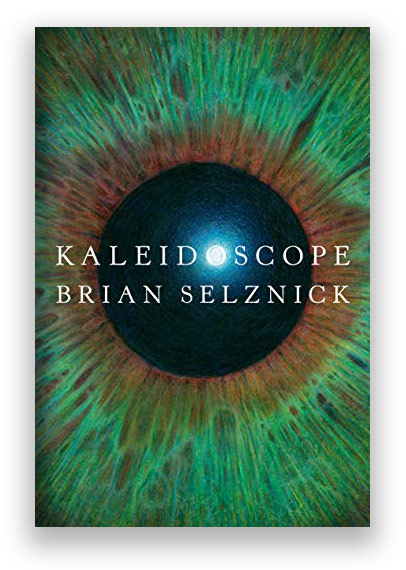
Are there any overarching themes that you think are found throughout this book?
The chapters in Kaleidoscope touch on everything I was thinking about during the pandemic: grief, loss, friendships, love, time, hope, and so many other things. All of these themes are in the book.
You wrote this book while in lockdown due to the Coronavirus pandemic. How did this context shape your writing?
When I started writing Kaleidoscope, I had no idea what it would turn out to be. I never wrote a book like this before (and I never wrote a book in a pandemic before), therefore I had no idea how it was going to turn out. Previously all my books had very complicated and specific plots with characters who are involved in a mystery that is solved at the end. But the pandemic made me realize that I didn’t want to write another book that gave you answers. That didn’t feel right any more. I wanted to ask questions. The pandemic made us all re-examine so many things that we’d taken for granted, and it felt like the most honest thing I could do was create a book that underscored the importance of asking questions.
Is there one character or story in Kaleidoscope that you personally connect or identify with most?
Like all of my books, there’s a little bit of me in everyone I write about. Kaleidoscope is the first book I’ve written with a first-person narrator, and even though the narrator seems to change from chapter to chapter, as does the narrator’s friend James, all of them are me in some fashion. Each of the stories also directly address issues I was grappling with at the time.
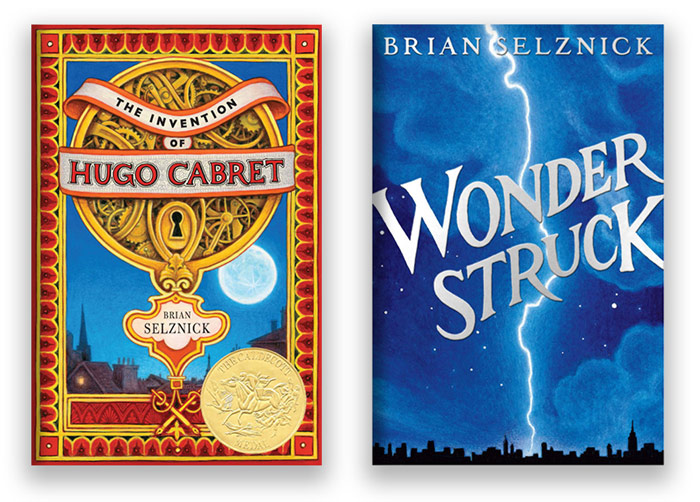
Did you come up with the illustrations first, and then write each story based on the images in your head? Or, did you find the words first, then create the corresponding illustrations?
In my original conception for the book, there were not going to be any illustrations. It was supposed to be my first book without any drawings, which is not radical in the history of publishing, but would have been radical for me. But in the end, it was my editor, David Levithan, who came up with the basic idea that you see in the book. He suggested I do one drawing per chapter, look at that image through a kaleidoscope, and draw what I see. This intrigued me enough to try it, but after doing the drawings I wanted to show both the original drawings and the view through the kaleidoscope. I believe these images help fill out the world of the book, and they also allow you to have a brief visual rest between each of the chapters, all of which are dense with written imagery. These pictures don’t serve the same kind of narrative purpose as the ones in Hugo, Wonderstruck, and The Marvels. Instead, they serve a more abstract purpose, one that is both physical (the visual rest) and spiritual (personal meanings can still be found in the images).
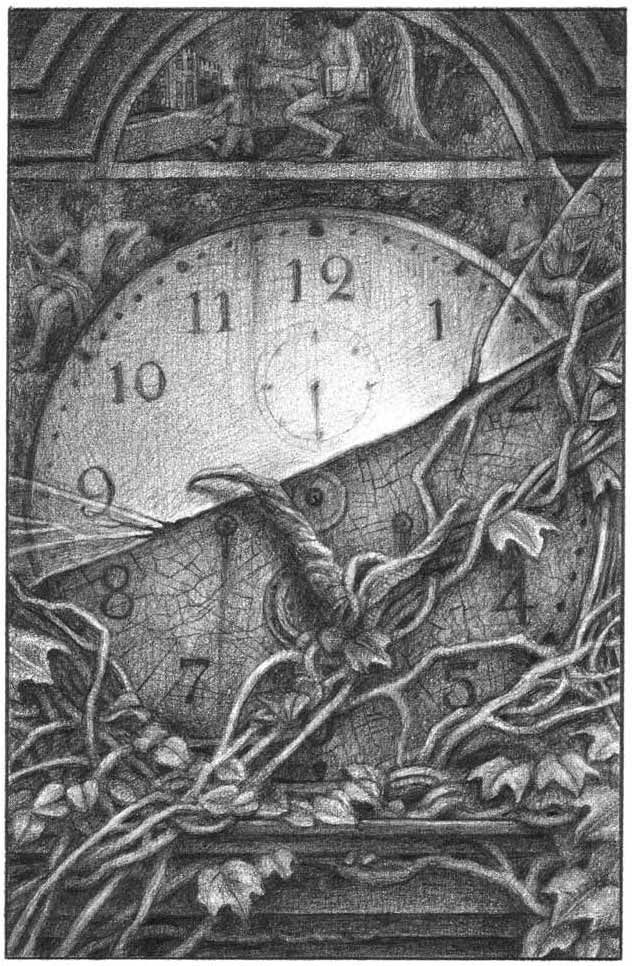
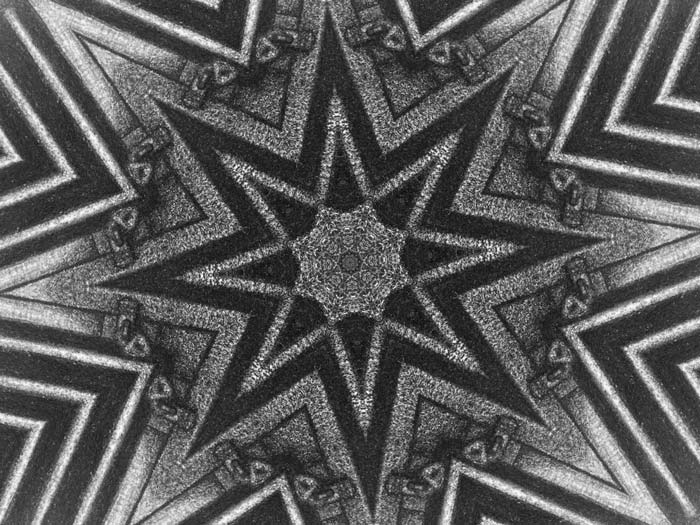
What do you hope readers will get out of Kaleidoscope?
I always think of my books as collaborations with my readers. Whatever story I’m telling, and whatever way I use pictures and words, I am always aware of how the narrative might be pieced together in the reader’s mind. Kaleidoscope, more than any of my previous books, is meant to be a private conversation between me and each reader. Like a real kaleidoscope, the stories shift and change depending on who is reading them. Ultimately, I hope readers will find themselves inspired by the questions that are raised in the book, and I hope they’ll find themselves asking even more questions as they move forward through life.






